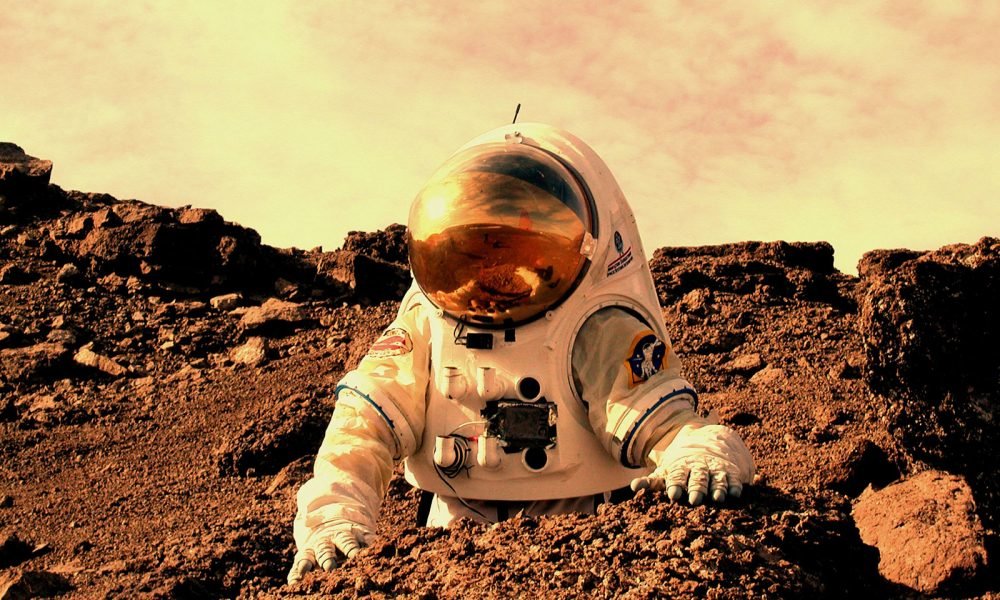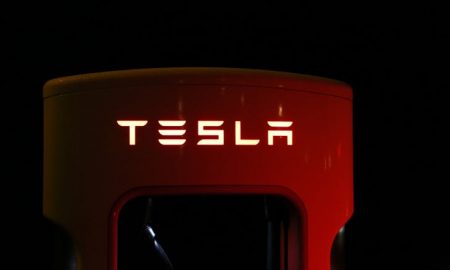
NASA Planning to Send Humans to Mars, But Will the Mission be Successful?

Ever dreamed of going to Mars? There’s a silver-lining, thanks to the National Aeronautics and Space Administration (NASA). The space agency gave hope that humans will be able to visit Mars through a nuclear fission system will facilitate long-duration space exploration missions.
Dreaming Big
NASA is dreaming big. They want humans to be able to reach the fourth planet from the sun, a clamor that has been echoing for quite some time now. While it sounds dreamy to be able to actually land on the Red Planet, it isn’t entirely a walk in the park, even though it isn’t far from becoming a reality.
There are a lot of things to consider for commercial space missions like this, including the type of rockets to be used and most importantly, the power the rockets would need for the long-duration journey. The space mission to Mars will approximately take six to nine months, and this poses as a problem to NASA precisely because they will need to find a way to generate power for the duration of the travel.

NASA’s Kilopower is a small nuclear reactor that can power thousands of household for a decade
The space agency’s solution to this problem? Kilopower.
This is a small nuclear reactor that the NASA engineers, together with the National Nuclear Security Administration of the Department of Energy, are working on that packs 10 kilowatts power. The space agency hopes that the Kilopower will be useful for longer space exploration missions.
According to NASA, this amount of energy can sustain thousands of household for 10 years. Lee Mason, the principal technologist for power and energy storage, said that they employ solar batteries and arrays for some of their new spacecrafts, powered by sunlight.
But NASA wanted to create something that could provide power for exploration missions that are far from the sun, like going to the moon or Mars. That’s where Kilopower will be perfectly useful, the expert said. Kilopower’s edge over other power sources is that it is very lightweight in comparison to other spacecrafts which depend on too much fuel.
KRUSTY Test
The claim that Kilopower can be useful in future space exploration missions isn’t baseless. The technology was tested earlier in May for over 28 hours in a Kilopower Reactor Using Stirling Technology (KRUSTY) experiment, which was a success, NASA said.

Kilopower was tested in May for 28 hours in the Kilopower Reactor Using Stirling Technology (KRUSTY) experiment, which was a success.
The test was a simulation of a space mission, wherein the Kilopower delivered exactly what was expected of it. Lead engineer Mark Gibson explained that the technology performed really well during the test.
Kilopower was able to reach the level of power required during missions and remained stable throughout the operation. If NASA will be successful in its Mars mission with this new invention, it could become a game-changer in the commercial spacecraft industry. This means that colonization and civilization on the Red Planet may finally become a possibility.
Other Intentions for Mars Colonization
Less than 60 years ago, Yuri Gagarin became the first human to go to space. The public’s desire to see life outside the planet has not wavered ever since, and some even became more eager to discover the hidden secrets of the universe.
In fact, there are others that have expressed their intention to send a mission to Mars. SpaceX aims to bring a cargo to the planet in 2022 and for the first human to reach the Red Planet by 2024.

SpaceX’s BFR, or Big Falcon Rocket, aims to start civilization in the Red Planet.
The Elon Musk-owned rocket company has aired its ambitious goals of sending humans to Mars and colonizing the Red Planet. SpaceX’s Big Falcon Rocket, or commonly known as BFR is a big spacecraft that gives justice to its name, with a capacity to hold 100 people and 150 tons of cargo, including food and water.
In September, Musk showcased the BFR’s design consisting of two parts which are both reusable. Despite knowing BFR’s capabilities, many people are quite unsure of how the actual rocket will be made considering the budget of $2 to $10 billion and the size of the spacecraft. Others remain doubtful of the project altogether.
According to the site, the BFR will replace Falcon Heavy, Falcon 9, and Dragon by 2023. SpaceX is also planning to send Japanese Yusaku Maezawa to moon the same year.
More in Finance & Business
-
`
Why You Need to Think Twice Before Buying a House
So, you have been scrolling through real estate listings, envisioning your dream kitchen, and even bookmarking paint colors for the nursery....
November 26, 2023 -
`
Santo Spirits: Sammy Hagar and Guy Fieri’s Joint Venture
In the world of business partnerships, some combinations might seem unconventional at first glance. But when you delve deeper into the...
November 16, 2023 -
`
Everything You Need to Know About Mortgage Rate Lock
You have probably embarked on the exciting yet nerve-wracking voyage of purchasing a home. Amidst the sea of paperwork, open houses,...
November 9, 2023 -
`
7 Effective Ways to Make Your Business More Sustainable
In an age of rising environmental consciousness, making your business more sustainable isn’t just a trend; it’s a necessity. Sustainable practices...
November 3, 2023 -
`
Housing Market Going Up? Then Why Not Rent?
“Buy a house! It is the best investment!” How many times have you heard that? Probably enough to make a drinking...
October 29, 2023 -
`
Surprising! Celebs Who You Didn’t Know Had a Master’s Degree
When it comes to celebrities, we often associate them with glitz, glamour, and blockbuster movies. But did you know that some...
October 17, 2023 -
`
Navigating the Housing Maze: The 7% Mortgage Rate Quandary
If there is one thing that this year has thrown our way (apart from those fascinating tech gadgets we did not know...
October 12, 2023 -
`
Where to Buy a House in the U.S With a $100K Salary
Got a cool $100,000 annual paycheck in your pocket? Cheers to that accomplishment! With such a financial cushion, dreams of homeownership...
October 6, 2023 -
`
The “Grave” Housing Crisis Forcing U.S. Homeowners to Sell Their Houses
Every culture has its dreams and aspirations. For those living in the United States, it has traditionally been an idyllic house, spacious and...
October 1, 2023















You must be logged in to post a comment Login